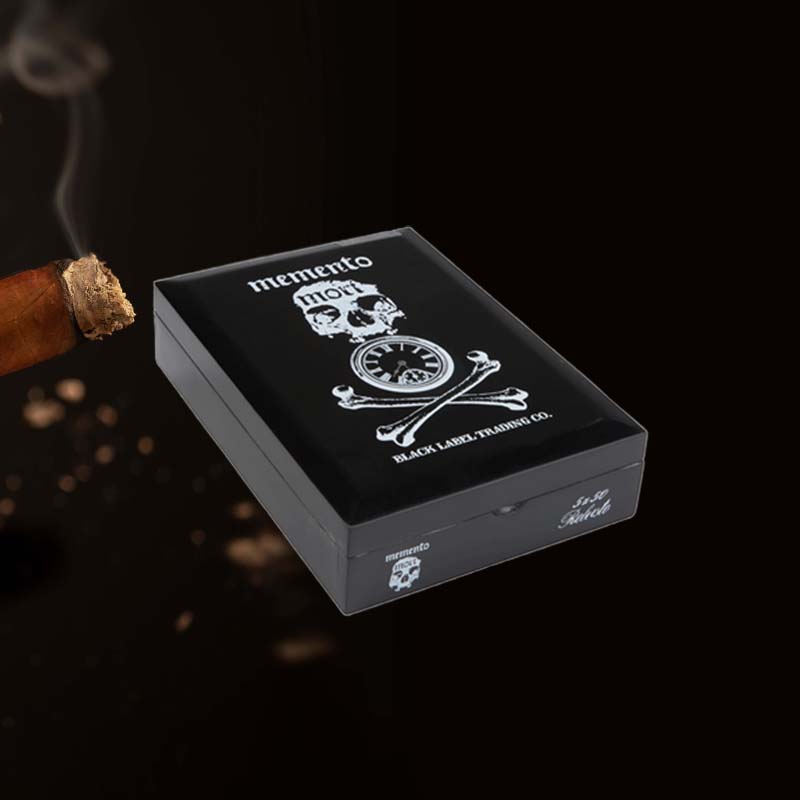Eagle torch lighter not working
I’ve been through the frustrating experience of having my Eagle torch lighter refuse to work when I needed it most. Whether I was attempting to light my favorite cigar or needing a quick flame for a project, the last thing I expected was a stubborn lighter. If you share my plight, don’t worry. This guide will explore common issues with Eagle torch lighters—so we can understand why they might fail, learn to troubleshoot them, and hopefully bring them back to life.
Why is my Eagle torch lighter not working?
Identifying the symptoms of a non-functioning lighter
First, let’s identify the symptoms. You may experience a range of issues, including:
- No flame when ignited.
- Weak or low flame.
- Sparking without ignition.
- Unusual sounds like hissing.
- Gas odors indicating leaks.
Common Eagle torch lighter issues and how to troubleshoot
Step-by-step guide to diagnosing the problem
When my lighter goes on the fritz, I follow these steps:
- Check the fuel level.
- Inspect for visible damage or leaks.
- Test the spark mechanism.
- Examine the flame settings.
- Clean the lighter if necessary.
Eagle lighter sparks but won’t light
Potential causes for a spark without ignition
If your lighter produces a spark but doesn’t ignite, it could be due to:
- Insufficient fuel in the lighter.
- A dirty jet obstructing the flow.
- Flint needs replacing.
- Improper adjustment of the flame settings.
Weak flame issues
How to assess the strength of your lighter’s flame
You can assess your flame by adjusting it to its maximum height and observing if it reaches a strong, consistent blaze. If it flickers or is too short, check for clogs or low fuel.
Identifying leaks in your Eagle torch lighter
How to check for gas leaks and what to do
To identify gas leaks, I usually do a quick sniff test—if I smell gas, it’s a clear warning sign. You can also apply soapy water around the gas fitting; bubbles will indicate a leak.
What to do if your lighter is out of fuel
Refueling tips for your Eagle torch lighter
To refuel, I turn the lighter upside down, hold it firmly, and insert the canister nozzle. Press for several seconds, allowing the lighter to take in butane. Wait a few minutes before attempting to ignite.
Cleaning your Eagle lighter to improve functionality
Essential cleaning steps to take
To clean my lighter, I take the following steps:
- Remove the tank and check for dirt or residue.
- Use compressed air to clear any obstructions.
- Wipe down accessible parts with a soft cloth dampened in isopropyl alcohol.
Understanding hissing sounds from your lighter
What a hissing sound indicates and how to address it
A hissing sound often indicates a gas leak or that the lighter is venting pressure. I always ensure to stop using the lighter and check for leaks immediately.
Dealing with dampness in your lighter
How moisture affects lighter performance and solutions
Moisture can cause ignition issues, and I make it a point to store my lighter in a dry place. If it gets damp, I air it out before refueling or using it again.
Safety features that may prevent your lighter from working
Common safety mechanisms to check
Some lighters have safety features that can prevent ignition, like child locks or pressure settings. I always ensure these are not engaged if my lighter won’t light.
How to prevent future problems with your Eagle torch lighter
Best practices for maintenance and care
To keep my lighter functioning well, I follow these best practices:
- Use high-quality butane fuel.
- Store it in a cool, dry place.
- Regular cleaning to avoid buildup.
- Check for damage before use.
Using high-quality butane fuel for optimal performance
Importance of fuel quality on lighter functionality
The quality of butane fuel can significantly affect performance. I always choose reputable brands, as low-quality fuel can lead to clogs and inconsistent flames.
Checking the flame settings on your Eagle lighter
Adjusting flame height for better performance
By rotating the flame adjustment screw, I can easily control the flame height. A higher flame often means more heat, which is beneficial for lighting cigars or other items.
Inspecting and replacing the flint in your lighter
Steps for checking and changing the flint
To check the flint:
- Open the lighter casing.
- Inspect the flint; if it’s worn down, replace it.
- Reassemble the lighter after replacing the flint.
Regular maintenance: Bleeding the tank before refilling
Why and how to bleed your lighter effectively
Before refilling, I bleed the tank by pressing the refill valve with a small tool until no gas escapes. This helps to mix fresh fuel and ensure a better burn.
Allowing your Eagle lighter to warm up post-refill
Importance of proper warming for optimal ignition
After refilling, I always let my lighter sit for a minute or two. This allows the butane to stabilize, improving ignition reliability.
Cleaning the jets for improved functionality
How to clean and maintain the jets in your lighter
I clean the jets by using a small brush or compressed air to ensure there’s no blockage. This helps maintain a consistent flame and enhances performance.
FAQ
Why is my Eagle torch sparking but not lighting?
This could mean there’s gas in the lighter, but the jet is clogged or the flint isn’t striking effectively. Clean the jets and check the flint.
What causes a torch lighter to stop working?
Common issues include lack of fuel, clogged jets, damaged components, or malfunctioning flint. Regular maintenance helps prevent this.
Why is my butane torch not igniting?
It may lack fuel or require a cleaning of the ignition mechanism or jets. Also, ensure that the flame settings are correctly adjusted.
How do you fix a torch lighter that won’t spark?
Check if the flint is worn or missing, clean the ignition area, and ensure fuel is present. If needed, replace the flint to restore functionality.




















